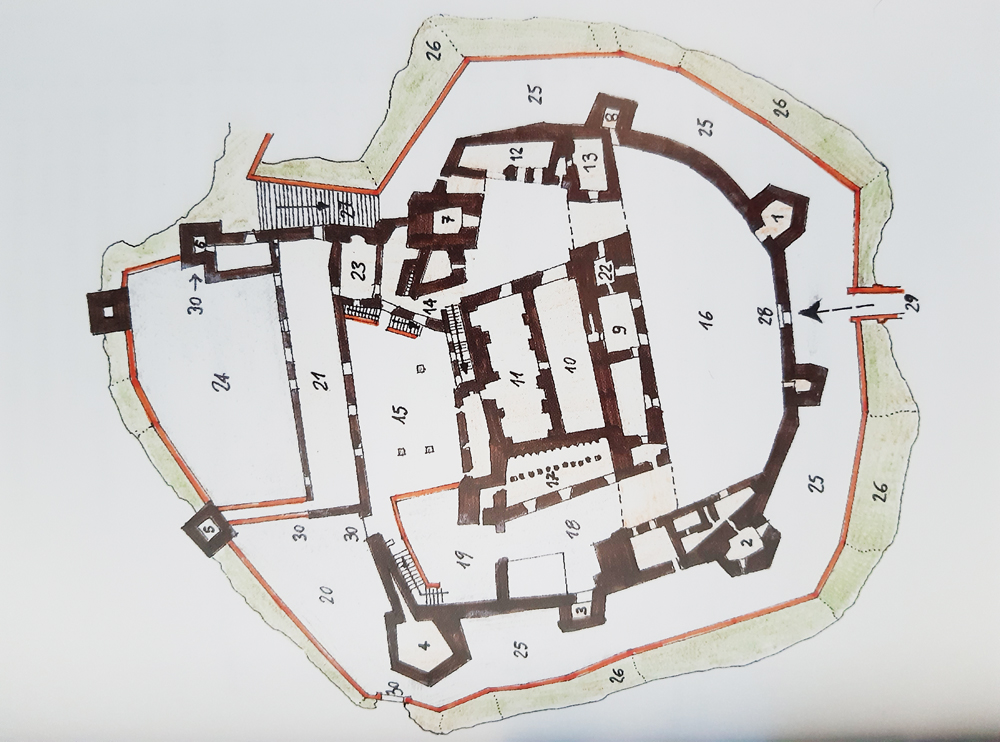



The Castle of Melfi is a monument of Basilicata, now a museum owned by the Italian state, one of the most important medieval castles in Italy.

Its foundation, at least from the elements still visible, dates back to the Norman period and has undergone some changes over time, especially in the Angevin and Aragonese periods.

The origin of the castle of Melfi dates back to the end of the 11th century by the Normans, built in a strategic position that serves as a crossing point between Campania and Puglia.

Its location was essential to defend itself from external attacks and as a refuge for allies.

The structure was the site of "historical" events during the Norman era.

With the decline of the Swabians and the arrival of the new Angevin rulers, the castle of Melfi underwent massive extensions and restorations, as well as being elected by Charles II of Anjou as the official residence of his wife Maria of Hungary in 1284.

It was still subject to changes in the sixteenth century under the Aragonese government and became the property first of the Acciaiuoli, then of the Marzano, the Caracciolos and finally the Dorias, to whom it belonged until 1950.

The castle had to undergo two violent earthquakes in 1851 and 1930 but, unlike other monuments in Melfi which were severely damaged, the castle came out almost unscathed.

Nowadays, the building houses the National Archaeological Museum of Melfese, inaugurated in 1976.

Norman Swabian Castle of Melfi
Address: Via Normanni, 8502, Potenza
Phone: 0972.238726
Site:
https://www.beniculturali.it/mibac/export/MiBAC/sito-MiBAC/Contenuti/MibacUnif/Eventi/visualizza_asset.html_2074737715.htmlLocation inserted by
CHO.earth